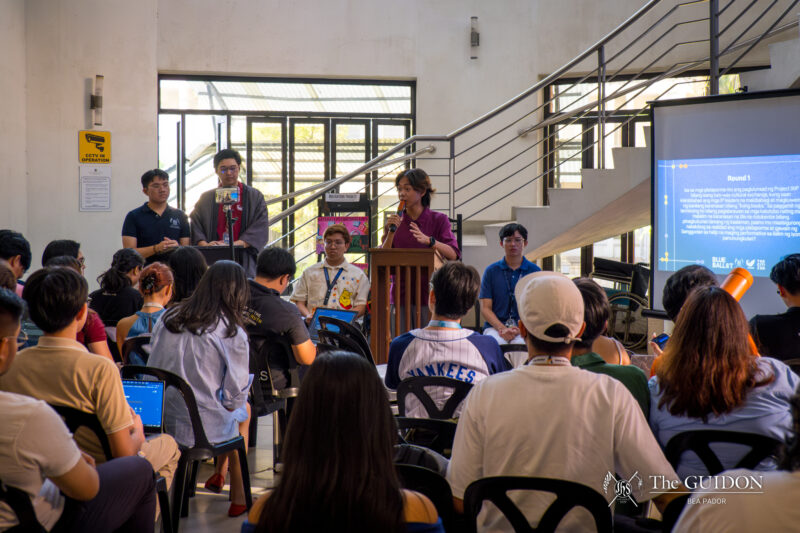Sometimes, I go to Alphaland Southgate Mall to buy myself a snack from one of the food kiosks on the third floor. On that floor, there is a bridge that connects the mall to Magallanes station of the Metro Rail Transit Line 3. As I descend the escalators and walk out of the building, I see that the line of people snakes from the bridge to the escalators on each floor out into the driveway and the streets of EDSA, near the vendors selling peanuts and fish balls. A terrible ordeal? An unacceptable predicament? An injustice? Unfortunately, for commuters in Metro Manila, that’s a weekday.
Issues on the MRT Line 3 and by extension, Metro Manila’s public transport system, are nothing new. Whether it is a photo depicting the long lines in the MRT stations, a report talking about a traffic standstill causing people to miss their flights or a tweet complaining about the general situation, we always talk about the problems of commuting within Metro Manila.
We talk about wanting to remove jeepneys because the drivers are reckless and act as if they own the road. We talk about wanting to decrease the number of operating buses, because the ones we see on EDSA congest our roads and highways, hardly have any passengers. We talk about wanting to widen roads because there is not enough space for the volume of vehicles we have in Metro Manila.
We think about all these vehicles, infrastructures, and transportation systems. But how about the people?
Think about the employee who worries about his boss firing him because he comes in late—he resorts to jaywalking because the sidewalks are too narrow and crowded. Think about the elder who can hardly breathe, being squished in a train that takes passengers way beyond its capacity. Think about the teenager who cannot commute without worrying that someone will grope her or even drug and rape her. Think about the bus driver scrambling to get as many passengers as he can because his income is based on that and he has a family to feed.
When I see that line from Magallanes station to the driveway of Alphaland, I think about the student who will get home past 10:00 PM and still has to do six classes worth of home work. I think about the mother on the phone with her child apologizing that she won’t be able to tell him a bedtime story because she won’t be home in time.
We should think about the people not merely as recipients of these services separate from the services themselves, but as active participants and as an integral part of the system. We should think about how their actions are a result of trying to make ends meet and how these actions affect other people and the system in general. We should come up with ways our transport system can address everyone’s needs, not just of the few, like those who own private vehicles, but also of the many who use public transport regularly and those who operate them.
Of course, it is important to think about vehicles, infrastructures and processes and how these affect Metro Manila’s transport system. It is important to have functional and efficient facilities for the transport system to fully operate well. It is important to have enough resources to sustain this system. But we shouldn’t think of these services as ends in themselves.
We should think about the people these services are for. We should think about how these services can improve our lives, not just in making commuting from one place to another faster and easier, but also in allowing us to spend more of our time, energy, and resources in other things that matter.







